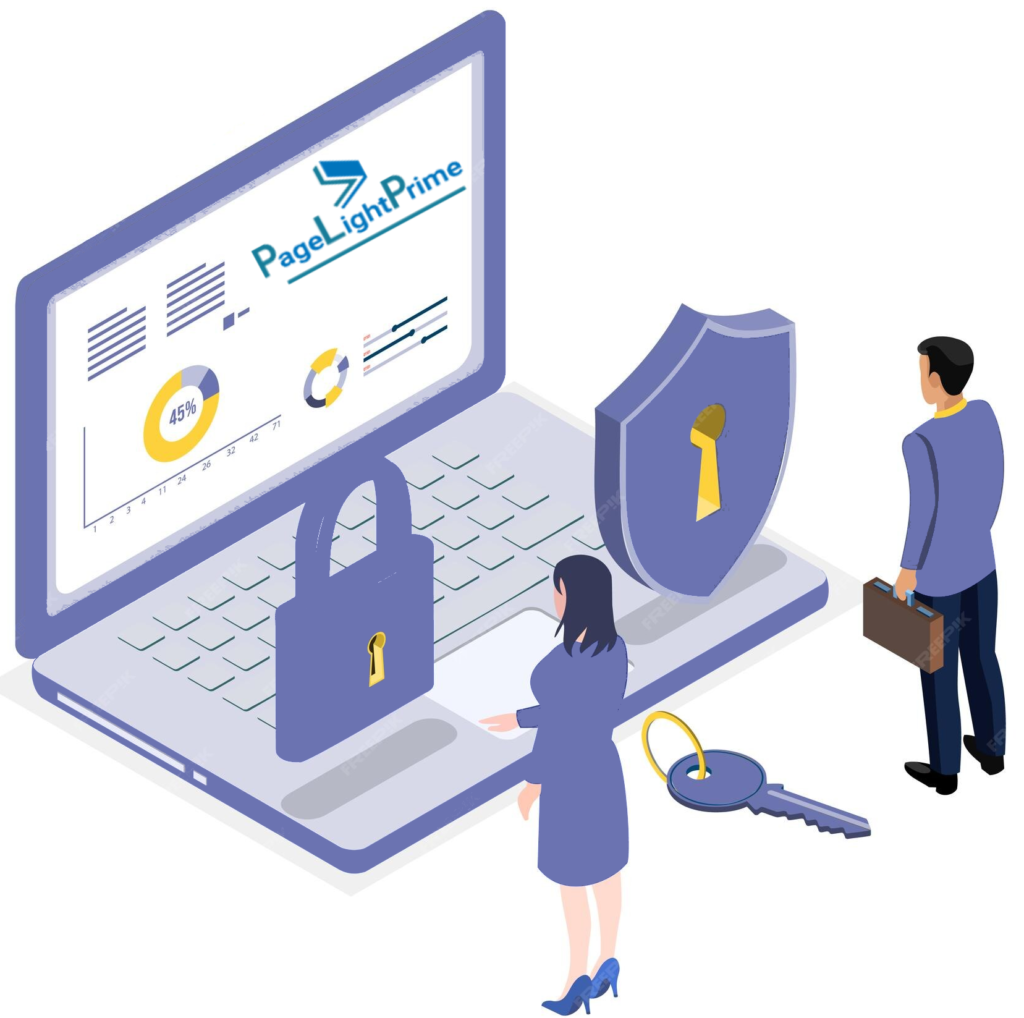Law Firm Client Onboarding 101
Law firms must adapt and refine their processes to remain competitive and meet client expectations. One pivotal aspect of this adaptation is the client onboarding process. In this comprehensive guide, we will explore the fundamentals of client onboarding, its critical significance, best practices for a seamless experience, and the role of various legal technologies, including Conflict Check Software, as well as additional key considerations to optimize this essential procedure.
Written by Knowledge Team, posted on September 29, 2023

What is Law Firm Client Onboarding
Client onboarding is the foundational process by which a law firm initiates a new attorney-client relationship. It serves as the initial step in establishing a strong basis for a fruitful partnership. This process encompasses several essential elements, including:
Initial Contact
The first interaction with a prospective client, be it through a phone call, email, or face-to-face consultation.
Client Intake
The collection of crucial client information, such as contact details, specifics of the legal issue, and conflict checks.
Client Engagement
Communicating the firm’s terms, fees, and expectations to the client, while obtaining their agreement to proceed.


Document Collection
Gathering pertinent documents, contracts, or materials related to the legal matter at hand.
Conflict Checks
Ensuring there are no conflicts of interest within the firm that could impact representation.
Setting Expectations
Discussing the client’s objectives, timelines, and what they can anticipate throughout the legal process.
Legal Retainer
Finalizing fee arrangements and securing any necessary retainer payments.
Why is Client Onboarding Crucial
Client onboarding is the foundational process by which a law firm initiates a new attorney-client relationship. It serves as the initial step in establishing a strong basis for a fruitful partnership. This process encompasses several essential elements, including:
Risk Mitigation
Thorough client onboarding helps identify potential conflicts of interest and guarantees that the firm can ethically represent the client. For instance, it prevents situations where representing multiple clients with conflicting interests could harm the firm’s reputation and legal obligations.
Client Satisfaction
A seamless onboarding experience sets a positive tone for the entire attorney-client relationship, leading to increased client satisfaction. For example, clients who feel well-informed and valued from the outset are more likely to refer others and provide positive reviews.


Efficiency
Properly onboarded clients facilitate lawyers in efficiently handling their cases as they possess all the necessary information and resources. For instance, having access to comprehensive client information streamlines legal research and case preparation.
Billing Accuracy
Accurate client data and fee arrangements prevent billing disputes and foster transparency. For instance, transparent fee structures and detailed invoices minimize the chances of disputes over billing practices.
Compliance
Ensures adherence to legal ethics and professional standards, safeguarding the firm from potential legal and reputational issues. For instance, complying with data privacy regulations during client onboarding is crucial to protect client information and maintain trust.
Best Practices for Client Onboarding
To optimize the client onboarding process, law firms should consider implementing the following best practices:
Standardized Procedures
Develop standardized checklists and protocols to ensure consistency and thoroughness in client onboarding. For example, creating a checklist that covers all the essential steps from initial contact to legal retainer can help staff ensure no critical steps are missed.
Client-Focused Approach
Tailor the onboarding process to meet the unique needs and preferences of each client. For instance, some clients may prefer online intake forms, while others may prefer in-person meetings.
Clear Communication
Maintain open and transparent communication with clients regarding expectations, fees, and the progress of their legal matters. For example, sending regular updates and status reports can keep clients informed and engaged.
Technology Integration
Utilize legal intake software, legal CRM software, Conflict Check Software, and other relevant technologies to streamline data collection, automate routine tasks, enhance client communication, and ensure conflict checks are thorough and efficient. For example, legal intake software can automate the collection of client information, reducing administrative burdens.
Legal Technology and Client Onboarding
The integration of legal technology is revolutionizing client onboarding within the legal field. Here’s how various software solutions, including Conflict Check Software, play a significant role:
Legal Intake Software
This technology automates the initial data collection process, enabling potential clients to submit their information online. Legal Intake Software simplifies the acquisition of essential details, ensuring accuracy and reducing administrative burdens. For instance, prospective clients can complete intake forms online, providing the firm with accurate data.
Legal CRM Software
A Customer Relationship Management system tailored for law firms aids in efficiently managing client relationships. Legal CRM facilitates tracking communication, appointments, and case progress, ensuring clients are consistently informed and up to date. For example, CRM software can help lawyers schedule follow-up meetings and send automated reminders to clients.
Conflict Check Software
Specialized Law Firm Conflict Check Software is indispensable in the client onboarding process. It helps law firms swiftly and accurately identify any potential conflicts of interest that could hinder representation. This proactive approach ensures that ethical and legal obligations are met before accepting a new client. For example, Conflict Check Software can search through the firm’s database of past and current clients to identify any conflicts that need resolution.
Additional Key Considerations
In addition to the best practices and technology integration, here are a few more key considerations for successful client onboarding:

Data Security
Safeguard client data and ensure compliance with data privacy regulations during the onboarding process. For example, implement encryption measures and strict access controls to protect sensitive client information.
Client Education
Educate clients about the legal process, their roles, and responsibilities to foster a productive partnership. For example, provide clients with clear guides or information packets explaining the legal process and what they can expect.
Accessibility
Make sure your onboarding process is accessible to clients with diverse needs, including those with disabilities. For example, offer alternative formats for intake forms and ensure your office is physically accessible.
Change Management in Client Onboarding
Introducing new technologies and processes into client onboarding can be challenging. Effective change management strategies include:
Training
Ensure that your team is proficient in using the new technology and comprehends the revised procedures. Provide comprehensive training sessions and ongoing support.
Feedback Loop
Encourage feedback from staff and clients to identify areas for improvement. Create a system where team members and clients can easily provide feedback and suggestions.


Gradual Implementation
Introduce changes incrementally rather than revamping the entire process at once. Gradual implementation allows for smoother transitions and reduces disruptions.
Continuous Evaluation
Regularly assess the effectiveness of the new technology and processes, adjusting as necessary. Conduct periodic reviews to identify any issues and address them promptly.
Conclusion
Client onboarding serves as a crucial gateway to success for law firms. By adhering to best practices, harnessing legal technology, considering key additional considerations, and effectively managing change, firms can streamline the process, enhance client satisfaction, and boost overall efficiency. Embracing these principles ensures that advancements are smoothly integrated into the firm’s operations, resulting in a win-win scenario for both clients and legal professionals.
